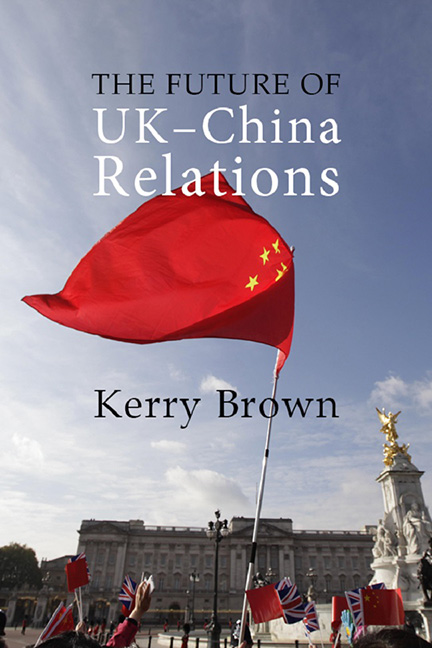Book contents
- Frontmatter
- Dedication
- Contents
- Dedication
- Preface
- Foreword by Tim Clissold
- Introduction
- 1 Tales from the golden age
- 2 What does China want? The case of the UK
- 3 Walk on by: what does Britain really want from China?
- 4 Who cares? The China circle in Britain
- 5 The good, the bad, and the Brexit: the UK and China outside the EU
- 6 The UK and China: scenarios for the coming decade
- Appendix: the UK’China balance sheet
- Further reading
- Notes
- Index
Preface
Published online by Cambridge University Press: 24 August 2023
- Frontmatter
- Dedication
- Contents
- Dedication
- Preface
- Foreword by Tim Clissold
- Introduction
- 1 Tales from the golden age
- 2 What does China want? The case of the UK
- 3 Walk on by: what does Britain really want from China?
- 4 Who cares? The China circle in Britain
- 5 The good, the bad, and the Brexit: the UK and China outside the EU
- 6 The UK and China: scenarios for the coming decade
- Appendix: the UK’China balance sheet
- Further reading
- Notes
- Index
Summary
This is the twentieth book I have written since 2006. That mostly overwhelmingly happy and positive experience has taught me that it is a worthwhile investment to set out clearly, right at the start of a work, what it is not. To do so serves two purposes. It clarifies what the reader can expect (and all too often, the reader, as Virginia Woolf pointed out in one of her magnificent essays, is neglected or even forgotten, with writers making their lives harder, not easier) and it also insures one, at least a bit, from the more zealously purist reviewers who, from the title alone, start to build a narrative which, if the book fails to address this, irritates and upsets them. I prefer not to irritate and upset readers, or reviewers, and am grateful for the attention of anyone picking up something I have written and spending their hard-won time on it. So as a courtesy, right at the start, I will say what readers will not find in this short work.
This is not a comprehensive overview of UK–China relations, nor, even remotely, a history of that relationship. Strangely enough, there is, as yet, no definitive book along these lines, and although I would be tempted and would love one day to write such a book, the urgency of the subject I do intend to discuss here – the structure of UK–China relations at a time of potential great upheaval because of Brexit and what this relationship, and how it might develop, means for the wider world given the immense importance of understanding China’s new global impact – means that project is for another day. A comprehensive history of British–Chinese relations would be a huge undertaking largely because it would embrace much of the colonial history of Britain from the early nineteenth century onwards, when China first started to properly figure in its world, and the development of China from the fading years of the Qing era onwards. Scholars, such as Robert Bickers, have addressed parts of this history in their excellent studies, which are referred to in the Further Reading.
- Type
- Chapter
- Information
- The Future of UK-China RelationsThe Search for a New Model, pp. ix - xiiPublisher: Agenda PublishingPrint publication year: 2019

